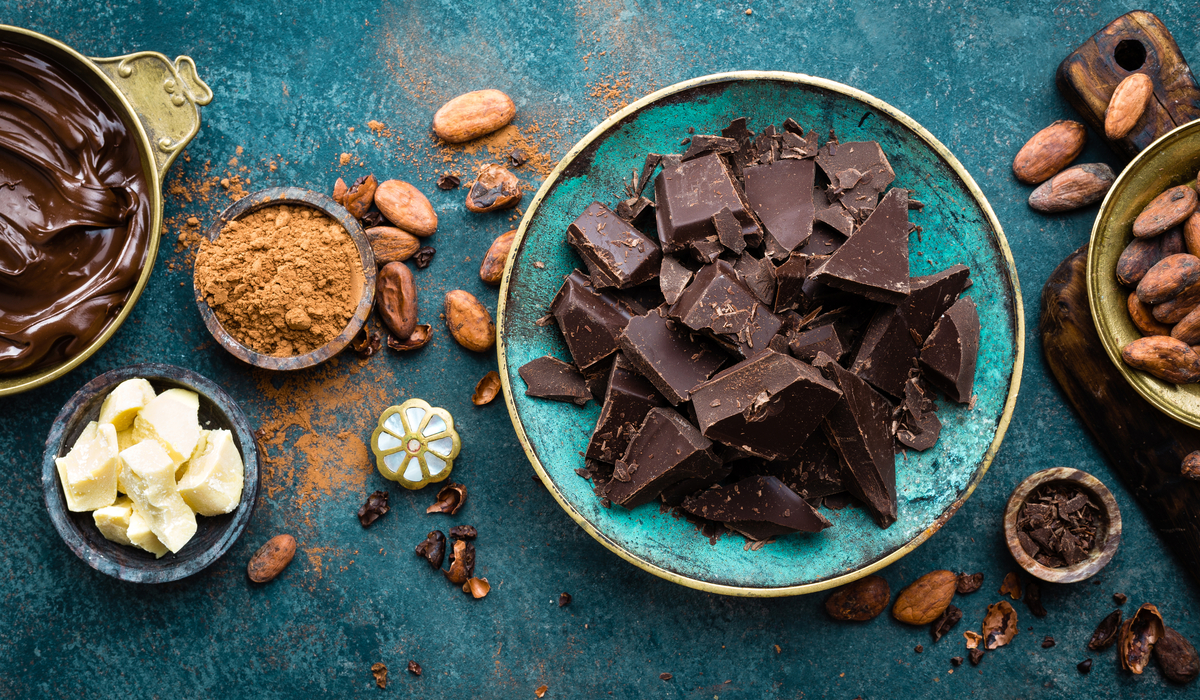When we are traveling around investigating areas that interest us, we always find unpublicized attractions that we know absolutely nothing about. On a recent trip to Uxmal, a favored ruin in the Yucatan, we fell upon one of those surprises, the Eco Chocolate Museum. Our attitude about unpublicized attractions is this – if we have time and think it sounds interesting, we will give anything a try. As we traveled through the Ruta Puuc area, we became more intrigued by the numerous signs for the Eco Chocolate Museum and decided to give it a try. This attraction was far from a bust, in fact, we think it was one of the most interesting, culturally rich museums we have seen in a while. We left speechless, and as we know, that says a lot.

Chocolate – A Platform For Sustainability, History and Culture
A passion for chocolate initiated the Eco-Chocolate museum. What we have found out is that this is not the only chocolate museum the owners have. But, this is the only chocolate museum that is a sustainable project that grows cacao plants on the Tikal Cacao Plantation. An original hacienda once stood on this site, and the owners wanted to rewrite hacienda history through the creation of this cacao plantation and museum. It is safe to say that nothing on this property is ‘traditional’, and that is what makes it such a marvel.
The plantation works under principles of equality, sustainability, fair trade and community. This is the polar opposite of Yucatan haciendas of the past, which were built on inequality, poor working conditions, slavery, and owner profit. The museum’s mandate is to educate visitors about the history, cultural influences and economic impact of chocolate in Mesoamerica in an interactive environment.
The plantation is the backdrop for the museum experience. The history of chocolate and how it influenced the Mayan economy, culture and health is displayed in indigenous Mayan huts that visitors walk between. There is a wonderful mix of indoor displays with outdoor ‘museums’, places where indigenous plants, work areas (bee keeping) and ceremonies play a part in the education process. Once you work through the incredible amount of information, which is not overwhelming but informative, there is a chocolate cooking demonstration and tasting bar at the end. This was such a wonderful surprise and we loved it. As we walked through the cacao plantation admiring the different stages of cacao pods, we were led into a kitchen theatre and walked through the bean to drink process of Chokoh-ha, the drink of the gods.
Upon leaving the museum we felt that the project lived up to its mission of inspiring and creating a consciousness of the local environment, history and culture. This museum was a bonus not a bust and we would return!
Eco Chocolate Museum Details
The Museum is located by the Uxmal Ruins but closer to the smaller ruin sites of Labnah, Xlapak and Sayil. Entrance is 120 pesos per person, and hours are from 8 am to 5 pm. Give yourself at least 2 hours to get through the entire exhibit which includes the cooking demonstration and Mayan ceremony. There is a great gift store at the end where you can purchase chocolate, our favorite being oregano chocolate bar (who would have thunk?) If you want to make a day out of your visit, take advantage of the three small ruin sites close by. Our home base was the hotel at Uxmal where we found small day trips easy to navigate around the Ruta Puuc.
Start planning your Yucatan vacation using these hotels as your base to explore the cultural history of the Maya.
